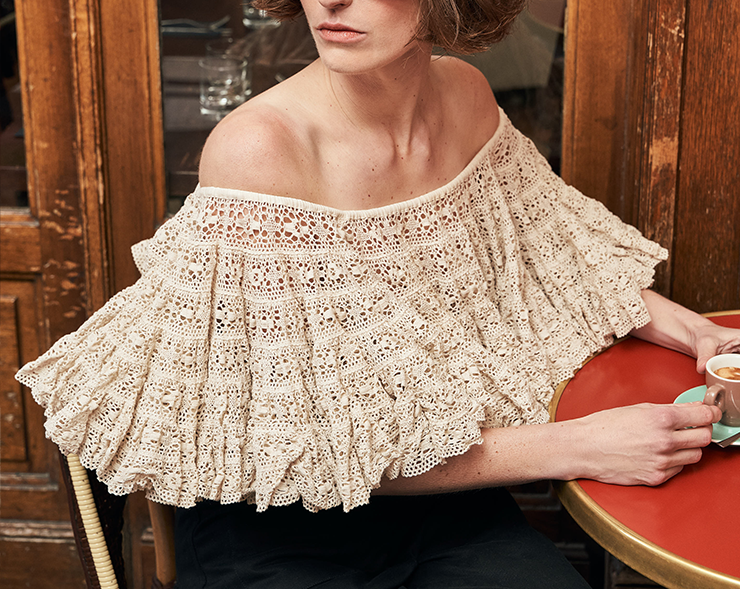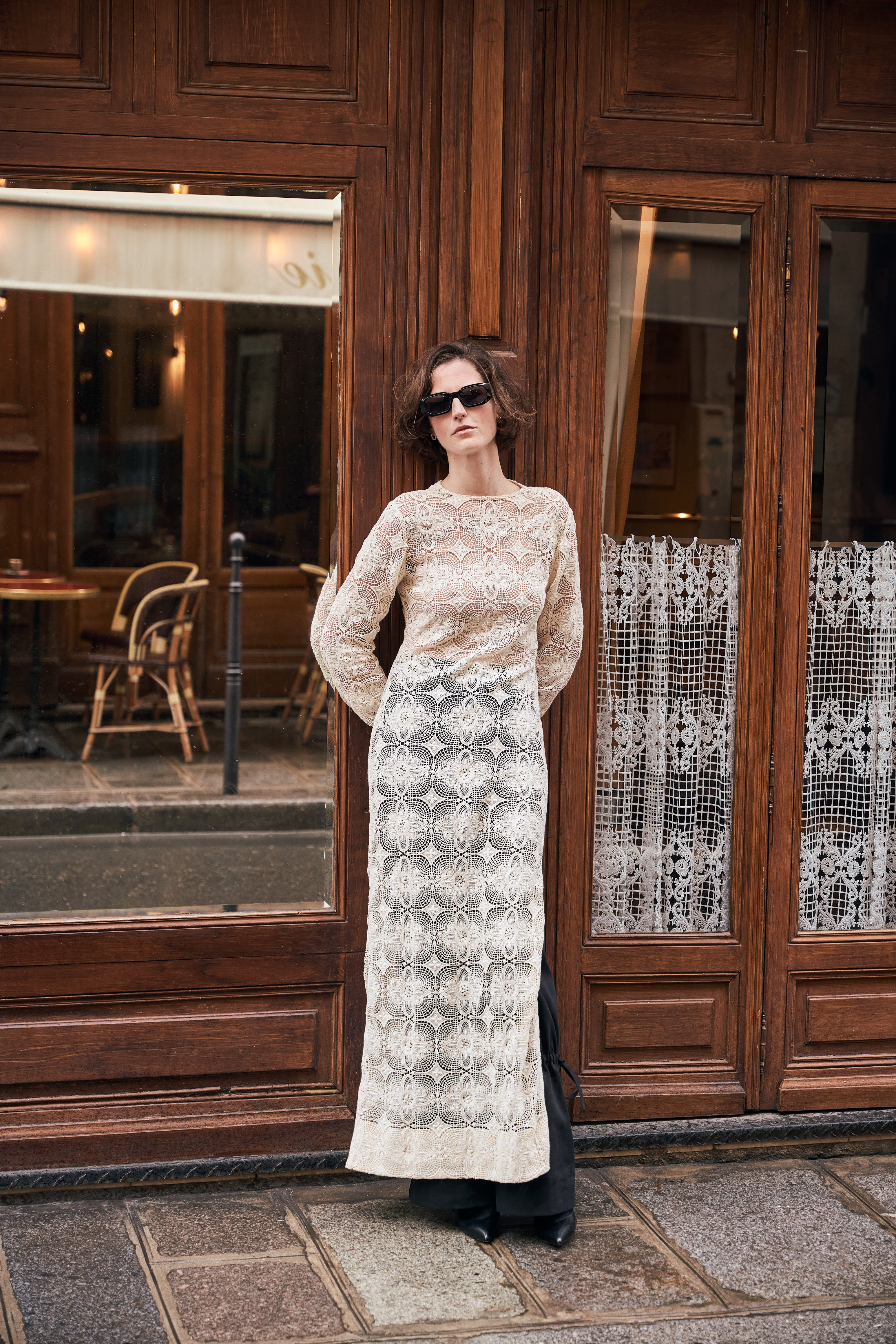 Installation view of Ruth Asawa: A Retrospective. New York Museum of Modern Art. Photo Jonathan Dorado.
Installation view of Ruth Asawa: A Retrospective. New York Museum of Modern Art. Photo Jonathan Dorado.
 Ruth Asawa, San Francisco Museum of Modern Art, 1973. Photo Laurence Cuneo.
Ruth Asawa, San Francisco Museum of Modern Art, 1973. Photo Laurence Cuneo.
It took a long time for Ruth Asawa, one of the most remarkable artists of the 20th Century, to get all the recognition she deserved and to find her place at the top of the art world. She was a woman, she came from a family who had emigrated from Japan and she spent part of her early adulthood in an internment camp like all Japanese people living in the United States during WWII. These were not auspicious beginnings. When she left the internment camp, she studied to become a teacher, but, in Wisconsin where she had gone to college, her Japanese ancestry barred her from obtaining a teaching position.
 Installation view of Ruth Asawa: A Retrospective. New York Museum of Modern Art. Photo Jonathan Dorado
Installation view of Ruth Asawa: A Retrospective. New York Museum of Modern Art. Photo Jonathan Dorado
So, Ruth Asawa changed course. In 1946, she attended the unique experiment of Black Mountain College, in North Carolina, started by Bauhaus refugees from nazi Germany. She stayed there between 1946 and 1949. Her time in this artistically fertile environment changed her life. She studied with Joself Albers as well as Buckminster Fuller. Asawa even took dance classes with choreographer Merce Cunningham. It was during a trip to Mexico in 1947 that she discovered villagers making baskets with wire. “I was interested in it because of the economy of a line, making something in space, enclosing it without blocking it out. It's still transparent. I realized that if I was going to make these forms, which interlock and interweave, it can only be done with a line because a line can go anywhere,” she explained to the New York Times. She was interested in a shape, she said, “that was inside and outside at the same time.”
To coincide with the centennial of Ruth Asawa’s birth, New York’s Museum of Modern Art has organized the first major exhibition of the artist’s expansive practice. Over 300 objects showing the incredible richness of Asawa’s work. The exhibition will span 60 years of the artist’s rich career. It presents work from all the mediums she’s worked with: wire sculpture, bronze casts, paper folds, collages, paintings and a comprehensive body of work on paper.
 Installation view of Ruth Asawa: A Retrospective, New York Museum of Modern Art. Photo Jonathan Dorado
Installation view of Ruth Asawa: A Retrospective, New York Museum of Modern Art. Photo Jonathan Dorado
Asawa’s recognition started with the 1954 exhibition of her work at the San Francisco Museum of Modern Art. Over the years, she was very present in San Francisco through public works. This mother of 6 was also instrumental in starting the Alvarado Arts Workshop for school children in 1968. This project integrated art as well as gardening. “Nature is my teacher,” she often said. “Life draws,” she once wrote. It followed the approach of “learning by doing” which had been the way she learned at Black Mountain College while working with professional artists. Over 6 decades, her practice was a constant experimentation, curiosity for materials and nature. “Challenging distinctions between abstraction and representation, figure and ground, and negative and positive space, her work invites us to contemplate how disparate elements interact in a composition, which in turn engages with its surroundings,” explains the museum’s catalogue. Asawa’s wholly interconnected practice offers a model for how making art can serve as a way of being in the world. “How one sees, one does,” she wrote in 1946. “How one does, one is.”
~Jean-Sébastien Stehli

Ruth Asawa, Untitled, 1963. Black Mountain College Museum + Arts Center.
Ruth Asawa: A Retrospective. October 19, 20235 - February 7, 2026. moma.com
 Installation view of Ruth Asawa: A Retrospective, New York Museum of Modern Art Photo Jonathan Dorado
Installation view of Ruth Asawa: A Retrospective, New York Museum of Modern Art Photo Jonathan Dorado
 Installation view of Ruth Asawa: A Retrospective, New York Museum of Modern Art Photo Jonathan Dorado
Installation view of Ruth Asawa: A Retrospective, New York Museum of Modern Art Photo Jonathan Dorado






